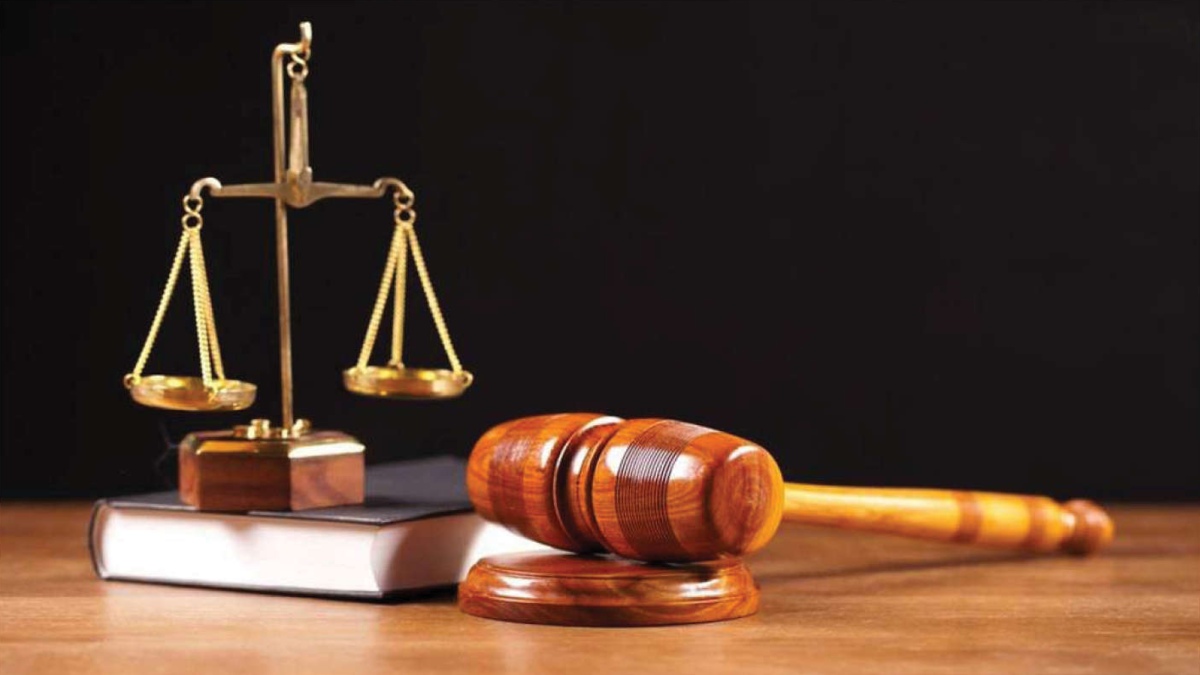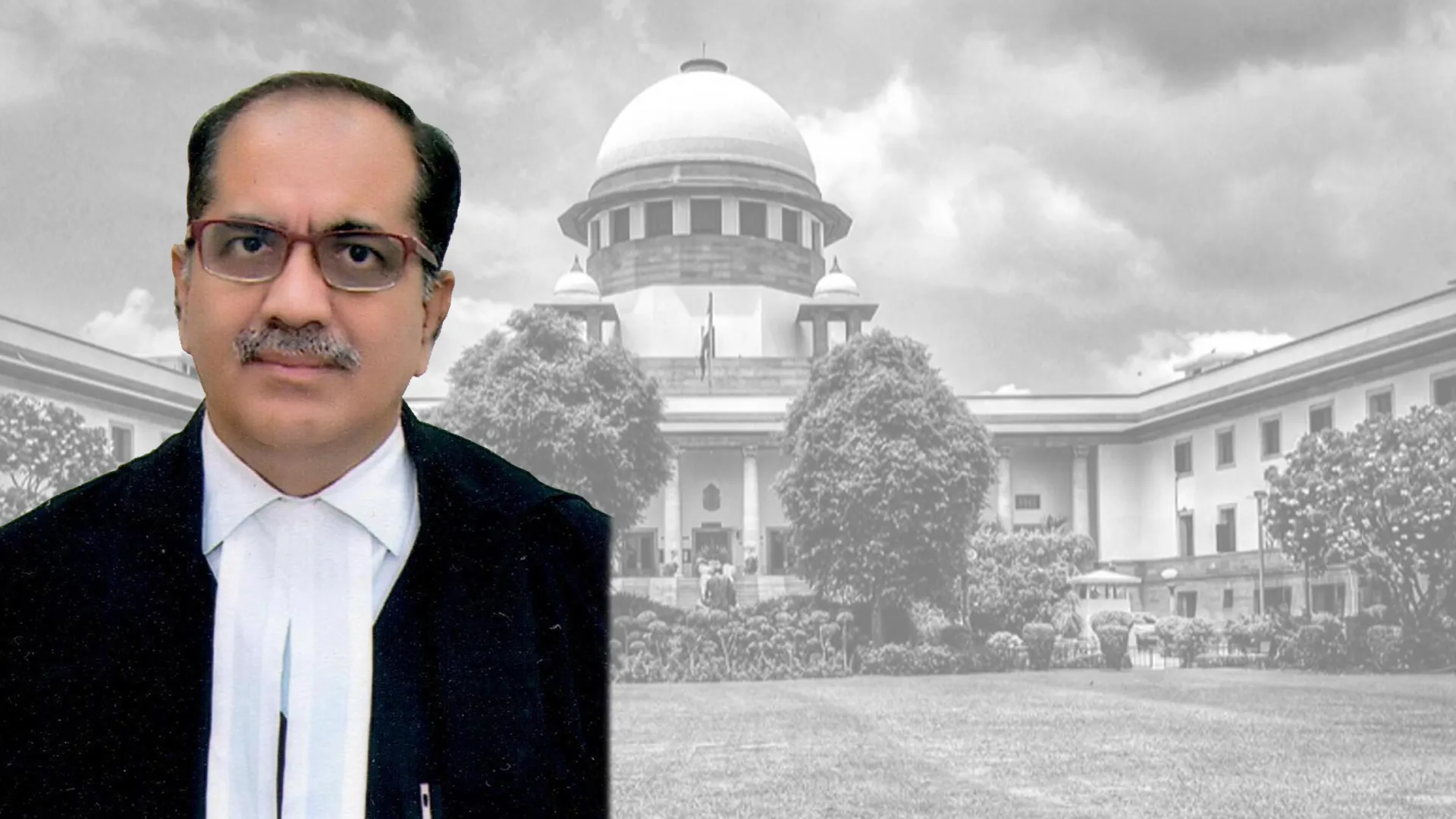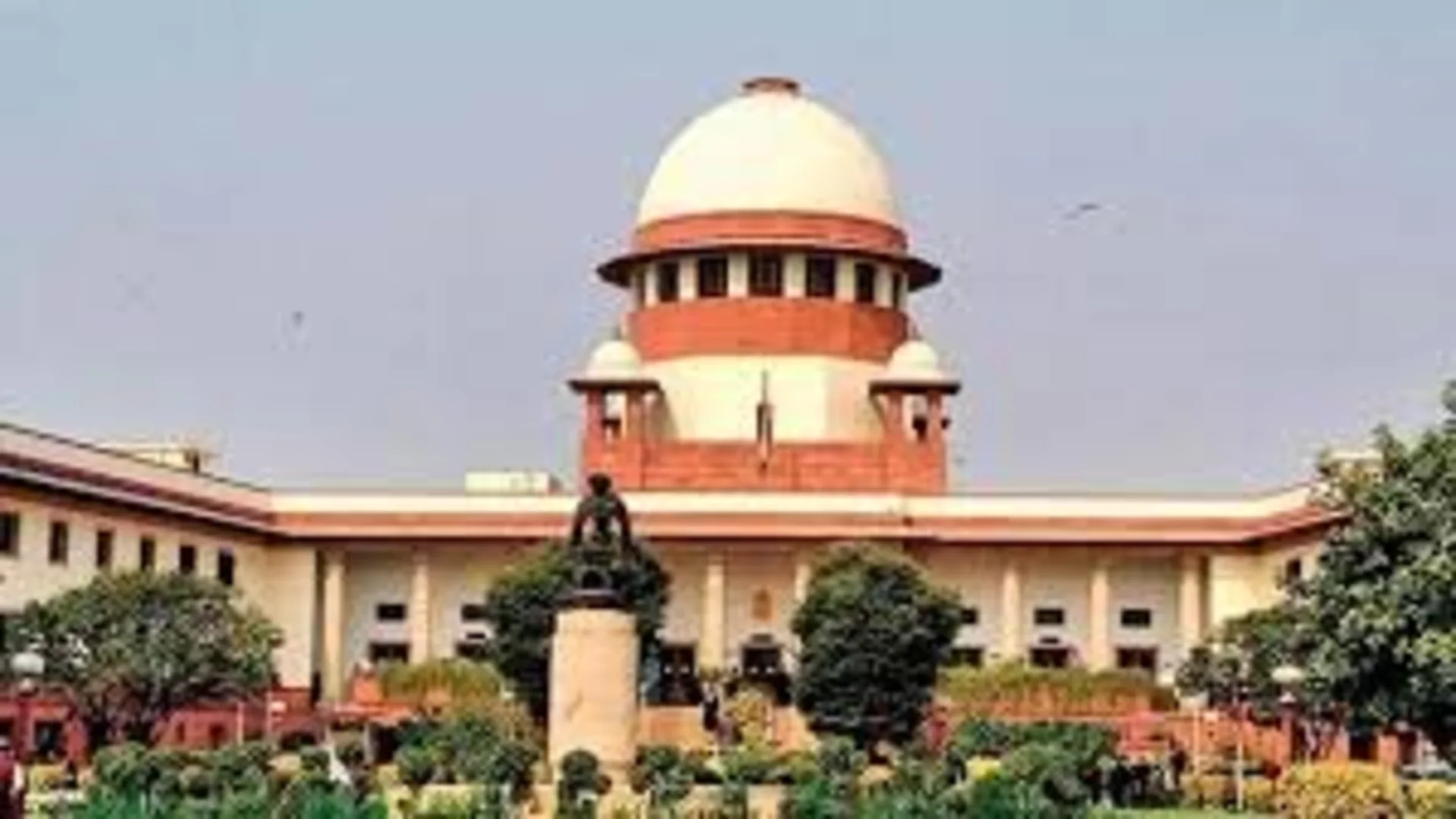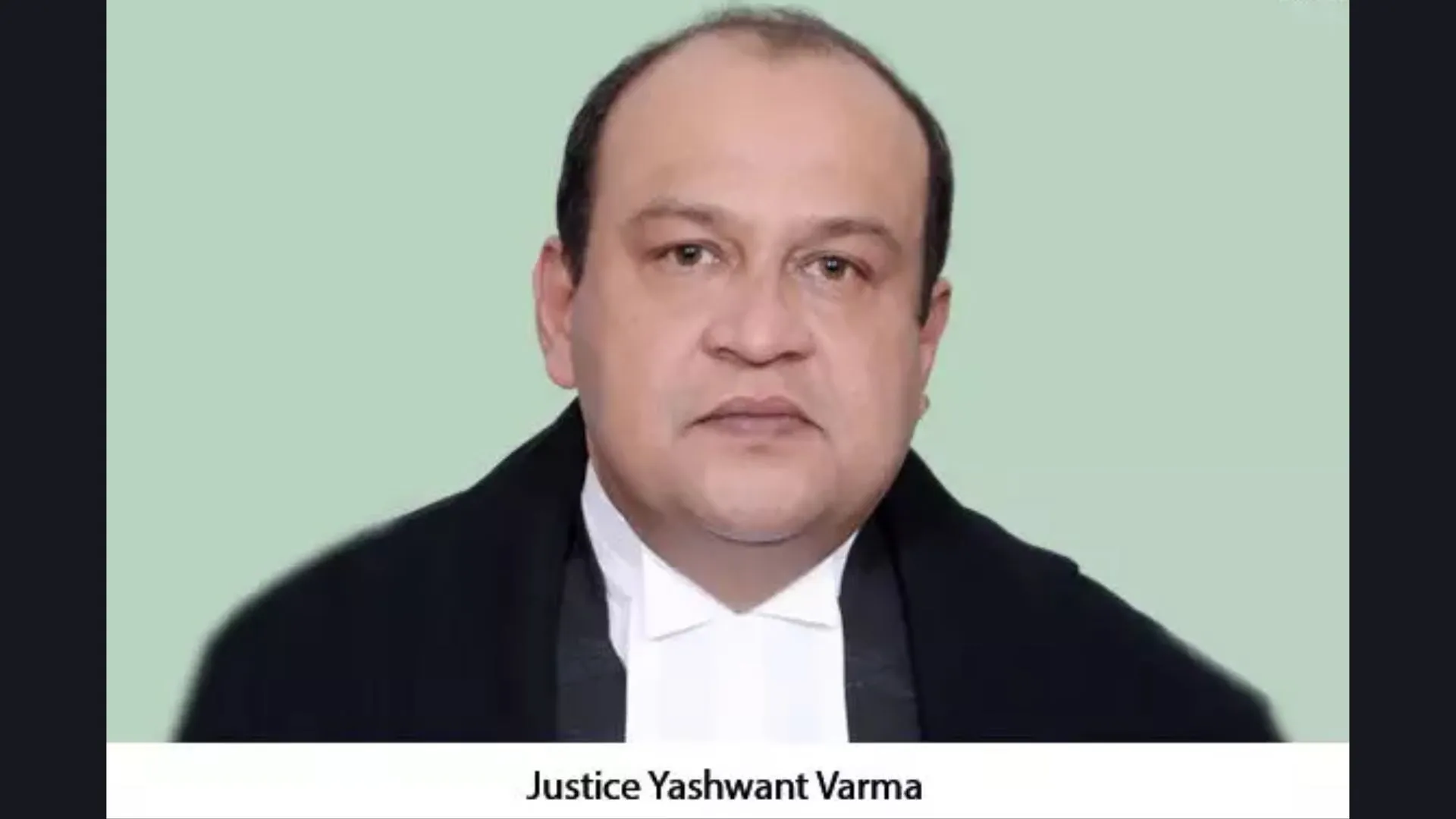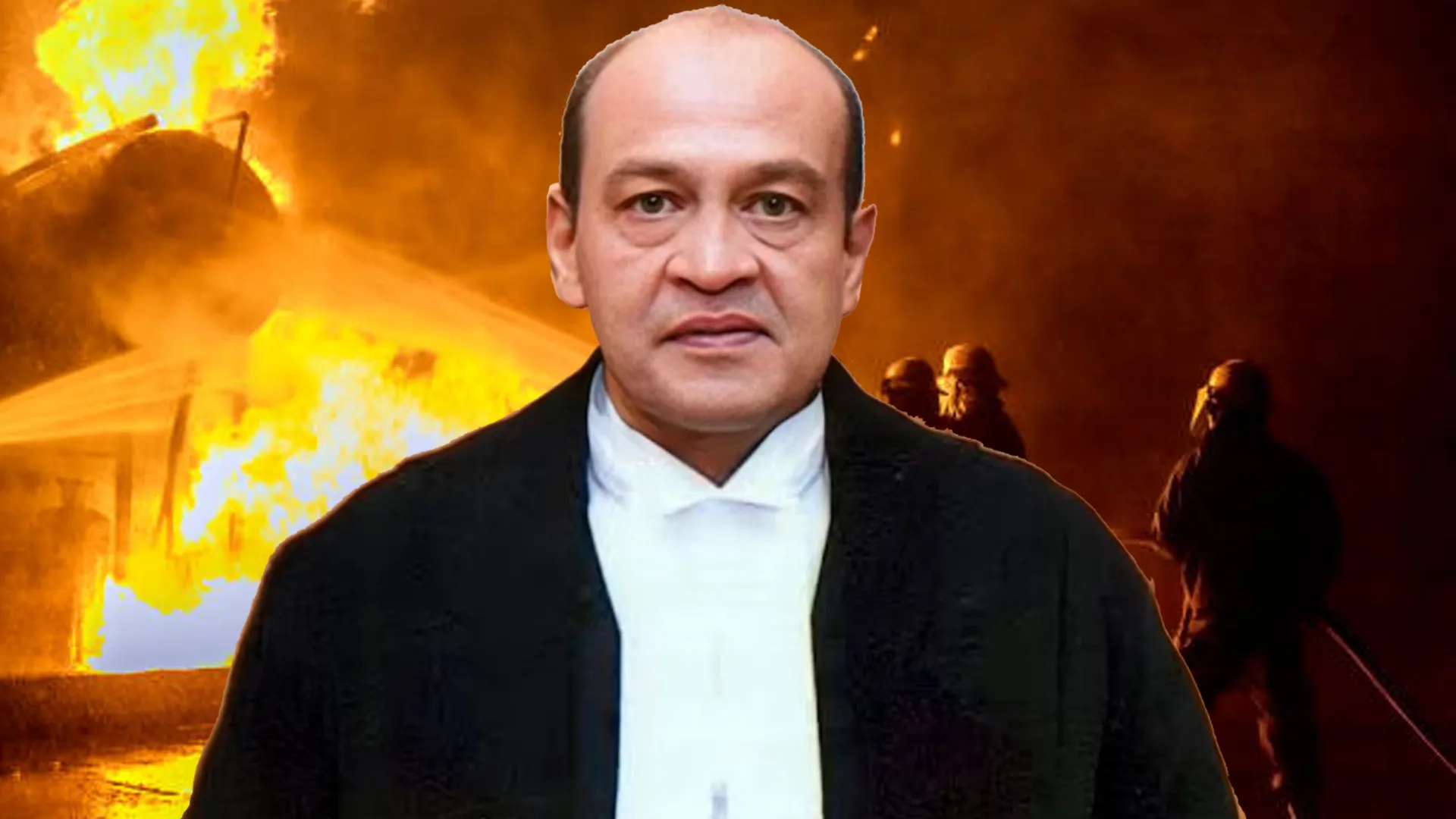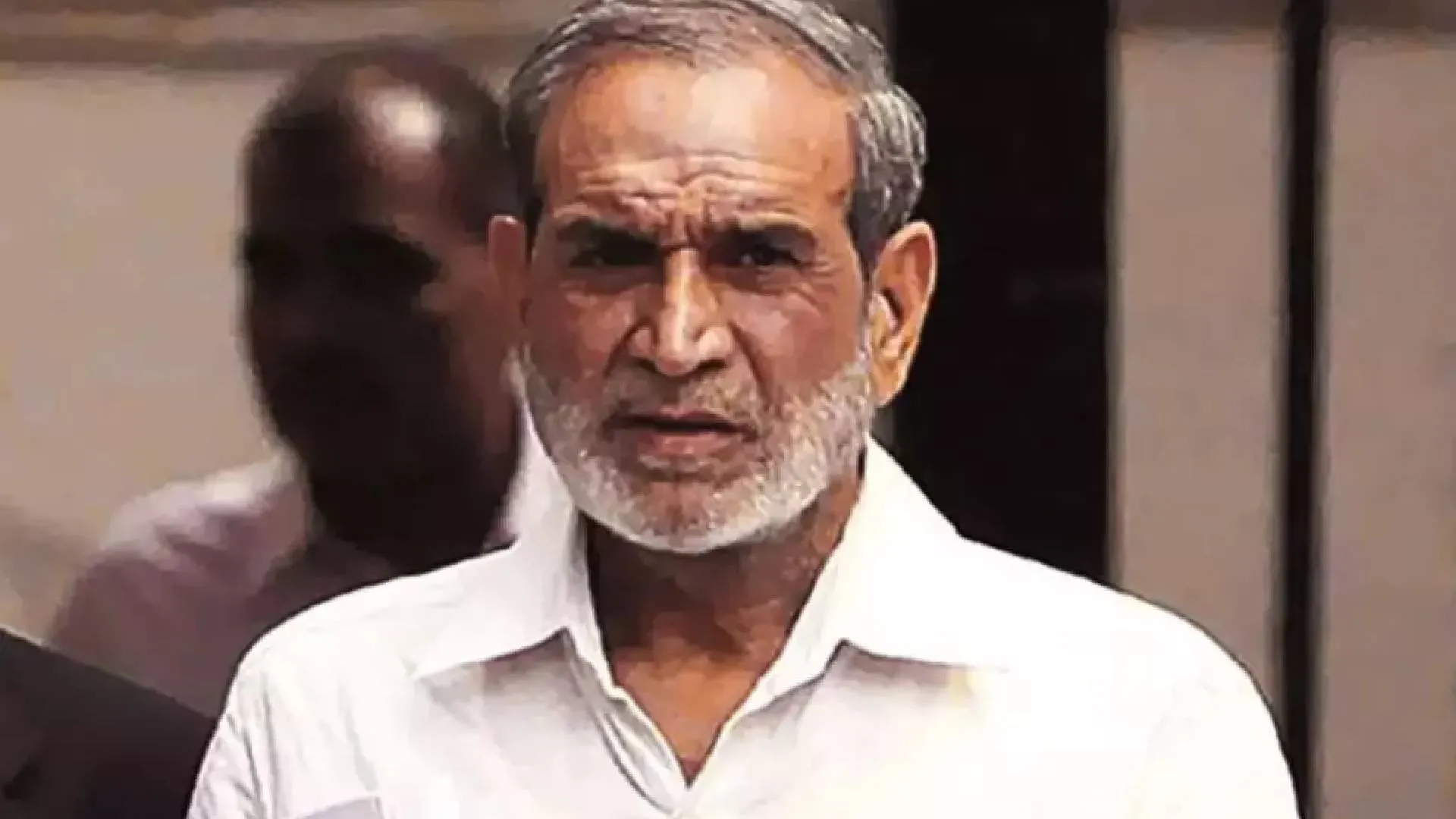At the outset, let me begin by stating most unambiguously that the test identification parade is always conducted immediately after a criminal offence takes place so that the eye witness who does not know the accused identifies him/her and thereby the eyewitness credibility and reliability is also tested openly in this whole process. Also, it serves as a useful tool in enabling the police to draw the right inferences from it and helps it immensely in pursuing the investigation in the concerned case more pointedly and in right direction. It was held in State of UP v Neel Kanth AIR 1967 All 447 by the Allahabad High Court that the purpose of test identification parade is to test the memory and veracity of a witness who claims to identify an accused person as the participant or one of the participants in a crime. It was also held in Satya Narain v State AIR 1953 All 385 by the Allahabad High Court that its purpose is to find out whether the suspect is real offender or not. In Ankush Maruti Shinde v State of Maharashtra (2009) 6 SCC 667, it was held that the object of conducting test identification parade is two-fold. First is to enable the witnesses to satisfy themselves that the prisoner whom they suspect is really the one who was seen by them in connection with the commission of the crime. Second is to satisfy the investigating authorities that the suspect is the real person whom the witnesses had seen in connection with the said occurrence.
Apart from Section 9 of Evidence Act, we didn’t had earlier any specific provision pertaining to test identification parade. But by the amendment made in 2005 in Code of Criminal Procedure, a new Section 54A pertaining to identification was inserted which runs as follows: “Where a person is arrested on a charge of committing an offence and his identification by any other person or persons is considered necessary for the purpose of investigation of such offence, the court, having jurisdiction, may on the request of the officer–in–charge of a police station, direct the person so arrested to subject himself to identification by any person or persons in such manner as the Court may deem fit.’’
It is worth noting that the main purpose of test identification parade was enumerated by Justice Dr Arijit Pasayat in Heera v State of Rajasthan AIR 2007 SC 2425 wherein he observed: “The identification proceedings are in the nature of tests and significantly, therefore, there is no provision for it in the Code and Evidence Act. It is desirable that a test identification parade should be conducted as soon as after the arrest of the accused. This becomes necessary to eliminate the possibility of the accused being shown to the witnesses prior to the test identification parade. This is a very common plea of the accused and, therefore, the prosecution has to be cautious to ensure that there is no scope for making such allegation. If, however, circumstances are beyond control and there is some delay, it cannot be said to be fatal to the prosecution.’’
EVIDENTIARY VALUE OF TEST IDENTIFICATION PARADE
It is imperative to mention here that the evidentiary value and usefulness of the test identification parade was explained exhaustively by the Supreme Court in the case of Ramanathan v State of Tamil Nadu AIR 1978 SC 1201 at pp. 1211 – 12 wherein it was held that, “Identification parades have been in common use for a very long time for the object of placing suspect in a line-up with other persons for identification. The purpose is to find out whether he is the perpetrator of the crime. This is all the more necessary where the name of the offender is not mentioned by those who claim to be eye – witnesses of the incident, but they claim that although they did not know him earlier, they could recall his features in sufficient details and would also be able to identify him if and when they happen to see him again. Such identification is in the interest of both, the accused and the investigating agency. It enables the investigating officer to ascertain whether the witnesses had really seen the perpetrator of the crime and test their capacity to identify him and thereby to fill the gap in the investigation regarding the identity of the culprit. The line – up of the accused in a test identification parade is therefore a workable way of testing the memory and veracity of the witnesses and has worked well in actual practice.’’ In Ayyub v State AIR 2002 SC 1192, it was held by the Supreme Court that test identification parade as such is not a substantive piece of evidence. It is done only for the satisfaction of the prosecution that the investigation was moving in the right direction.
Having said this, I must also point out here that while examining the evidentiary value of the test identification parade pertaining to the facts of the case, the learned Judge Justice Singhal while delivering the judgment said that, “In the present case where there was satisfactory evidence to prove that at least two of the witnesses emphatically claimed that they had noticed the culprit and had in fact described him and claimed that they could identify him, the holding of a test identification parade was absolutely necessary. The fact that such parade was held within two days of the arrest and was supervised by a Judicial Magistrate with all the necessary precautions and arrangements, leaves no room for doubt that the evidence was of considerable importance.’’
Be it noted, in Ram Babu v State of UP, AIR 2010 SC 2143, it was held by the Apex Court that the purpose of test identification parade is to test and strengthen trustworthiness of the evidence of the witness in the court. The evidence generated by a test identification parade is used for corroboration. In Md Kalam v State of Rajasthan AIR 2008 SC 1813, it was held by the Supreme Court that test identification parade strengthens trustworthiness of identification in the court. It was also held that holding of such parade is not obligatory and accused cannot insist upon it. Further, delay in holding it is not fatal, but it should be held quickly to eliminate possibility of accused being shown to witnesses.
WHEN TEST IDENTIFICATION PARADE IS VALUELESS
I must also mention here quite clearly that the Supreme Court through many of its rulings has also categorically specified the situations under which test identification parade carries no value and is not worthy of being relied upon. As for instance, the Apex Court in State (Delhi Administration) v VC Shukla AIR 1980 SC 1382 at p. 1396 stated that the identification of the accused by the witness for the first time in the court without being tested by a prior test identification parade was valueless. In Hare Kishan Singh v State of Bihar, AIR 1988 SC 863 it was held by the Supreme Court that where one of the witnesses failed to identify the accused at the identification parade, identification by him of the accused in the court was useless. Also, in Hari Nath v State of UP, AIR 1988 SC 345 it was held by the Apex Court that holding a test identification parade after four months diluted its evidentiary value. Similarly in Soni v State of UP, (1982) 3 SCC 368, it was held by the Supreme Court that identification after 42 days cannot be relied upon to sustain conviction. But in Brij Mohan v State of Rajasthan, AIR 1994 SC 739 where test identification parade was held within 24 hours of arrest, held by the Apex Court to be good evidence, though the accused alleged that he was shown to the witnesses.
As we see, in yet another case Somappa Vamanappa Madar v State of Mysore, (1980) 1 SCC 479, 485, the Supreme Court pointed out that the witnesses ought to be questioned as to whether the accused had not been shown to them and in the absence of such questioning by the Magistrate or the accused, the evidence is not reliable. In Surendra Singh Rautela v State of Bihar, AIR 2002 SC 260, the eye-witness stated in his FIR that he could not identify the assailant, but at the test identification parade, he identified him. The Supreme Court rejected his evidence and held that such identification was a farce evidence and therefore not reliable. In Ahmed Bin Salam v State of AP AIR 1999 SC 1617, where the accused persons were shown to the witness and he identified them, this was held to be no identification parade. Thus, we can draw the logical inference from this that under no circumstances should the accused be shown to the eye witnesses prior to the test identification parade because if it is so shown , the Court will have no option but to throw away the case by concluding that this is no identification parade.
TEST IDENTIFICATION PARADE WHEN NECESSARY
The Supreme Court explained this in detail in Jadunath Singh v State of UP AIR 1971 SC 363. It was held that, “It seems to us that it has been clearly laid down by this court that the absence of test identification parade in all cases is not fatal and if the accused person is well known by sight it would be waste of time to put him up for identification. Of course, if the prosecution fails to hold an identification parade on the plea that the witnesses already knew the accused well and it transpires in the course of the trial that the witnesses did not know the accused previously, the prosecution would run the risk of losing its case. It seems to us that if there is any doubt in the matter, the prosecution should hold an identification parade.’’ In Mohammad Saleem v State, 1992 Cr LJ 1959 (Delhi) , the Delhi High Court in a case pertaining to rape and kidnapping held that test identification parade was necessary in view of the fact that the accused was not named in the FIR, nor was known to the witness previously and that the prosecutrix remained unconscious for five days after the alleged kidnapping. In Mahabir v State of Delhi AIR 2008 SC 2543, it was held that identification parade must be held at the earliest opportunity. One of the essential condition is that suspect should be unknown to the witness. If an accused is known to a witness, placement of accused for identification is a futile exercise. Test identification parade is necessary to be conducted as early as possible to eliminate the possibility of the accused being shown to the witnesses prior to the identification parade.
It must be mentioned here that in Ravi v State, AIR 2007 SC 1729, the Supreme Court held that in the case of an FIR against unknown persons, the test identification parade should be held as early as possible. A conviction cannot be based on a vague identification. In Chandan v State of Kerala 1986 CrLJ 1865 (Ker), it was held by Kerala High Court that normally, identification test is necessary (i) in case of dacoity, (ii) assembling of persons for the preparation of dacoity, (iii) riot, and (iv) any other offence the participants in which were not known to the witnesses from before. In short, if an accused is not previously known to a witness, the investigating agency has to consider whether a test identification parade should be arranged. When a stranger witness makes identification of an accused in court, the court, by way of caution or prudence seeks some assurance before accepting the identification is correct.
TEST IDENTIFICATION PARADE WHEN NOT NECESSARY
It would be imperative to mention here that in Asha v State of Rajasthan, AIR 1997 SC 2828, test identification parade was not considered necessary by the Apex Court where the FIR was lodged within one hour and the culprits were named therein. In a case of dacoity and murder in State of UP v Sukhpal Singh, AIR 2009 SC 1729, all the witnesses disclosed that they had known the accused persons and they were no strangers to them. They clearly identified them in the moonlight and lantern light. Under such circumstances, the Supreme Court held that holding test identification parade was not necessary. Similarly in Surendra Narayan v State of UP AIR 1998 SC 192, it was held that if the claim of the eyewitnesses that he knew accused from before is found to be true, failure to hold the test identification parade is inconsequential. In Jarnail Singh v State of Punjab, AIR 2010 SC 3699, it was held by the Supreme Court that where the accused identified by witnesses at the time of arrest itself, test identification parade would have been futile exercise.
TEST IDENTIFICATION PARADE IN COURT
Quite pertinently, in case of Suresh Chand Bahri v State of Bihar, AIR 1994 SC 2420, it was held by the Apex Court very clearly that identification of accused by witness in the Court is substantial piece of evidence where accused is not known previously by the witness. It was also held that test identification parade must be held at earliest possible opportunity with necessary safeguard and precaution. However, when accused had been seen by the witness for quite number of times at different points of time and places, it was held that no test identification is necessary. In State of Maharashtra v Sukhdev Singh AIR 1992 SC 2100, it was held by the Apex Court that the identification of the accused by the witness for the first time in the Court when such witnesses were not the strangers to the accused and got only a fleeting glimpse of the accused is not reliable. Similarly the Supreme Court in Sarwan Singh v State of Punjab AIR 2002 SC 3652 advised caution and restraint upon relying on identification parade made for the first time in Court. The Court held that, “It is well-settled that ordinarily identification of the accused for the first time in the Court by the witnesses should not be relied upon for the purpose of convicting the accused without definite corroboration. Since the identification for the first time in the Court cannot possibly be termed to be not admissible but it is a matter of prudence and jurisprudential requirement that the same should be upon proper corroboration, otherwise justice delivery system stands affected’’. In another case Dana Yadav v State of Bihar, AIR 2002 SC 3325, it was held by the Supreme Court that identification for the first time in the Court without any corroborative evidence should not form the basis of conviction unless there are exceptional circumstances to justify it. In this case, the accused was not named in the FIR. His identification in the Court was not accepted by the Supreme Court as a reliable evidence.
In George v State of Kerala AIR 1998 SC 1376, it was held that omission to hold the test identification parade, though not fatal makes the substantive evidence of identification in the Court by the witnesses after the lapse of time a weak piece of evidence which unless sufficiently and satisfactorily corroborated cannot be relied upon. In Raju v State of Maharashtra AIR 1998 SC 275, it was held that when the accused was known to the witnesses from before and no test identification parade was held immediately after his arrest, the identification of the accused by the witnesses for the first time in Court and that too about one year after the incident is not reliable.
However, we cannot gloss over that in RN Patel v State of Gujarat 1999 AIR SCW 4770, it was held by the Apex Court that it could not be held that in the absence of test identification parade, the evidence of eye-witnesses identifying the accused for the first time during trial should become inadmissible or totally useless. Whether the evidence deserves any credence or not would always depend on facts and circumstances of each case. Also, it is imperative to mention here that in Umesh Kant v State of Bihar AIR 2005 SC 726, it was held by the Apex Court that evidence of identification in test identification parade is not substantive evidence but identification in the Court is substantive evidence. In the absence of identification in Court at the time of adducing evidence, the result of test identification parade would be of little value.
It would be in order to mention here that in State of Haryana v Surender, AIR 2007 SC 2312, the injured eye-witness identified the accused in the Court. The test identification parade could not be held because of refusal by the accused to participate. The Supreme Court held that rejection of evidence of the eye-witness in the court without assigning reasons was not proper.
I would also like to invite my readers attention to the notable fact that in State of Haryana v Surender, AIR 2007 SC 2312, it was held that test identification parade has to be held by the police for the conduct of its investigation. It cannot be demanded by the accused. Non-holding of test identification parade does not render identification in Court inadmissible. Identification for the first time in Court cannot form the basis of conviction. It is only a corroborative evidence. In Ram Nath Mahto v State of Bihar, (1996) 8 SCC 630, there was dacoity with murder. The accused was convicted although the witness deposing in the Court did not identify the accused out of fear and was trembling at the stare of the accused whereas the witness had identified him in the test identification parade. The Court relied upon the evidence of the Magistrate who had conducted test identification parade.
TEST IDENTIFICATION PARADE BY POLICE OFFICERS
In Ramkrishan v State of Bombay AIR 1955 SC 104, it was held categorically by the Supreme Court that test identification parade must not be conducted by police officers. Any identifications made by any persons to a police officer in the course of investigations is valueless and the same is inadmissible in evidence. However, in Sheo Raj v State Air 1964 All 290 and Ali Bahadur v State 1998 (1) Crimes 557, it was held that mere presence of police constable is not a ground to reject the evidence of the identification parade.
REFUSAL OF ACCUSED TO SUBMIT FOR TEST IDENTIFICATION PARADE
In Suraj Pal v State of Haryana, (1995) 2 SCC 64, the prosecution was anxiously taking steps to hold the test identification parade but the appellants declined to submit themselves for that purpose. It was held by the Apex Court that it is true that they could not have been compelled to line up for test parade and so if they refused to submit for it they did so at their own risk. The prosecution could not be blamed for not holding the test parade. The reason given out by the appellants for declining to stand the test of identification was that they were shown by the police to the witnesses. This allegation was found to be baseless and unfounded by both the courts below. There was absolutely no basis to say that the appellants or any of them were shown to the witnesses. If the appellants had, in exercise of their own volition, chosen not to stand the test of identification without any reasonable cause, they did so at their own risk for which they could not be heard to say that in the absence of test parade, dock identification was not proper and should not be accepted, if it was otherwise found to be reliable. The logical conclusion that we can draw from this ruling is that the accused should always be prepared to submit himself for test identification parade unless he has strong, bonafide and sustainable reasons for not submitting himself for the same which he must be able to prove also.
DELAY IN HOLDING TEST IDENTIFICATION PARADE WHEN FATAL
It is not in all cases that delay in holding test identification parade is fatal. It is only where there is unaccounted and unreasonable delay that it really affects its credibility. As for instance, in Puttan alias Kamal Prasad v State of Uttar Pradesh, AIR 1992 SC 2032, identification parade held after six months of arrest of accused. No explanation for inordinate delay in holding identification parade.
Held, conviction cannot be based upon it. There is no plausible explanation regarding the inordinate delay in holding the identification parade. In yet another case, Hari Nath v State of UP AIR 1998 SC 345, it was held that if there is unexplained and unreasonable delay in putting the accused for a test identification, the delay by itself detracts from the credibility of test. Also,in Shabad Pulla Reddy v State of AP, 1997 (7) Supreme 602, it was held that if there is unusual and unexplained delay in holding test identification parade, it would be difficult to hold that witnesses have correctly identified the accused. In Raj Kishore v State of Bihar AIR 1971 SC 1058 , it was held that identification parade held long after incident is of a little value. In Subhash v State of UP AIR 1997 SC 1222, it was held that since identification parade was conducted after four months of murder and no description was given by witness in FIR or during investigation, hence accused would be entitled to benefit of doubt. It is thus quite clear after analyzing all such cases that for test identification parade to be reliable, it must be conducted as soon as possible and there should be no unreasonable delay in holding the same. Also, before it is done, witness should not be allowed to see the accused because if the accused is exposed before the eye witness, it will render valueless the test identification parade to be conducted and the whole process will thus be rendered infructuous! This is best illustrated in the case of Mullagirivijram V State of AP, AIR 1993 SC 1243, where it was held that since witness saw the accused the identification is not reliable. Also, in Shaikh Umar Ahmad Shaikh and another v State of Maharashtra, 2000 (1) LW (Cr) 129 (SC), it was held that undoubtedly, the evidence of identification parade is not a substantive evidence, but its utility is for purposes of corroboration. Where there is strong possibility of suspects that accused being shown to eye-witnesses at police station, such identification parade lost its value and could not be relied.
CONCLUSION
All said and done, it merits no reiteration that the test identification parade is basically used to identify the key suspects and it is not a substantive evidence.
It has a lot of evidentiary value if it is carried out strictly as per the norms. We have discussed the different ruling also in this regard where we have seen when it is relevant. It goes without saying that the eye witnesses should not be shown the accused as that only serves to dent the credibility of the concerned eye witnesses.
It must be underscored here that all precautions must also be taken care of by the police in this regard. Only then will the test identification parade really serve its true purpose for which it is conducted!

